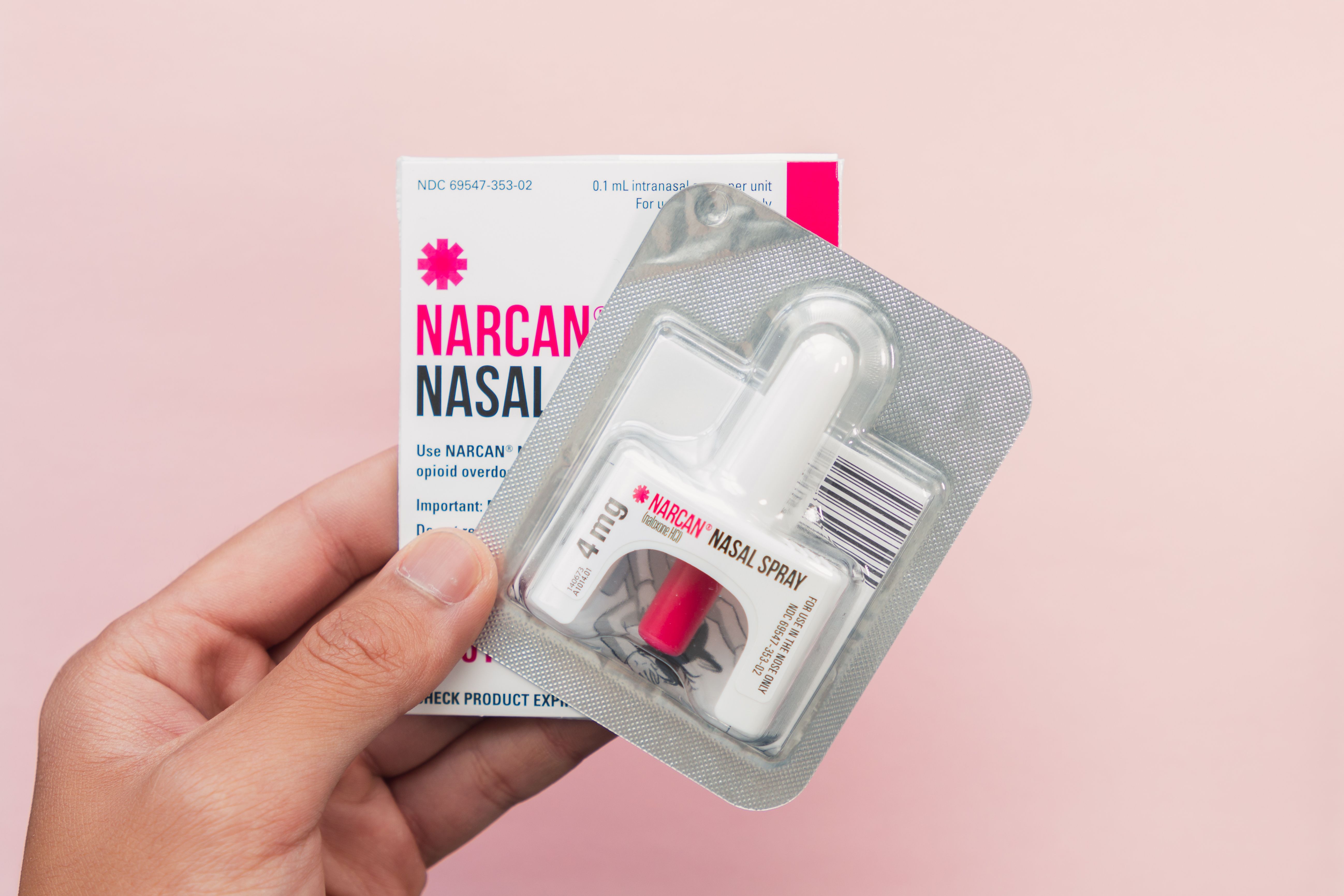Article
The Week in Review: April 3-7
Author(s):
From over-the-counter naloxone to the true connection between gun violence and mental illness, here are highlights from the week in Psychiatric Times.
ronstik_AdobeStock

This week, Psychiatric Times® covered a wide variety of psychiatric issues and industry updates, from over-the-counter naloxone to the true connection between gun violence and mental illness. Here are some highlights from the week.
Changing the Narrative: Mental Illness and Gun Violence
jameschipper_AdobeStock

Another day, another shooting, another finger pointing to mental illness. With the extensive news coverage of gun violence, it seems there is a mass shooting in the United States every single day—but the reality is far worse.
According to the Gun Violence Archive, there were 44,313 gun violence deaths in the United States in 2022. Of these, 20,223 deaths were from homicide, murder, accidents, or defensive gun use and 24,090 were from suicide. Furthermore, 647 qualified as mass shootings, which are broadly defined as incidents in which 4 or more individuals—not including the shooter—are shot. Alarmingly, gun violence is now the leading cause of death for US children and adolescents. Continue Reading
Over-the-Counter Naloxone: A Step in the Right Direction?
Hanson_AdobeStock

The news that Narcan has been approved for nonprescription, over-the-counter (OTC) use may be interpreted in various ways by the public and health care professionals. On initial thought, it may come across as acceptance and approval of drug use. However, opiate use disorder continues to claim many lives every year here in the United States. More and more street drugs have been tainted with fentanyl, which has immensely contributed to overdose deaths.
The ideal approach to addiction treatment outcomes is complete abstinence and sobriety. Let’s keep in mind that addiction is a chronic disease. Like any chronic disease, there may—or will—be acute exacerbations that require care and stabilization. In the case of opioid use disorder, a lapse and or a relapse can be fatal. Continue Reading
The Black Youth Mental Health Epidemic: A Crisis in Its Own Right
Halfpoint/AdobeStock

The recently released Youth Risk Behavior Survey report shows us that markers of poor mental health, ranging from feelings of hopelessness to suicide attempts, have worsened over the past decade in teenagers or, at best, stayed the same. Indeed, we are in the midst of an adolescent mental health crisis. But if you look at media coverage, this seems to be code for “white adolescent mental health crisis.”
From the images used to discuss concerning mental health statistics surrounding teen girls to the personal narratives highlighted of adolescents struggling, the plight of white children is commonly centered as the standard, delegating Black teens to the periphery. Continue Reading
Yes, It’s All in Your Head
denis_vermenko/AdobeStock

An interesting human behavior is to marginalize or stigmatize anything that elicits feelings of helplessness, frustration, or ignorance. A great example of this phenomenon is the phrase, “It’s all in your head,” which is commonly used when a health care provider, friend, or family member feels helpless or frustrated with a patient’s symptoms that seemingly defy explanation and treatment.
Those of us in the psychiatric profession hear this about our patients all too often. Sadly, this judgment commonly extends to individuals with an established psychiatric diagnosis when they present to an emergency department with physical symptoms or complaints. Continue Reading
See more recent coverage from Psychiatric Times here. And be sure to stay up-to-date by subscribing to the Psychiatric Times E-newsletter.
Do you have a comment on any of these or other articles? Have a good idea for an article and want to write? Interested in sharing your perspectives? Write to us at PTeditor@mmhgroup.com.






